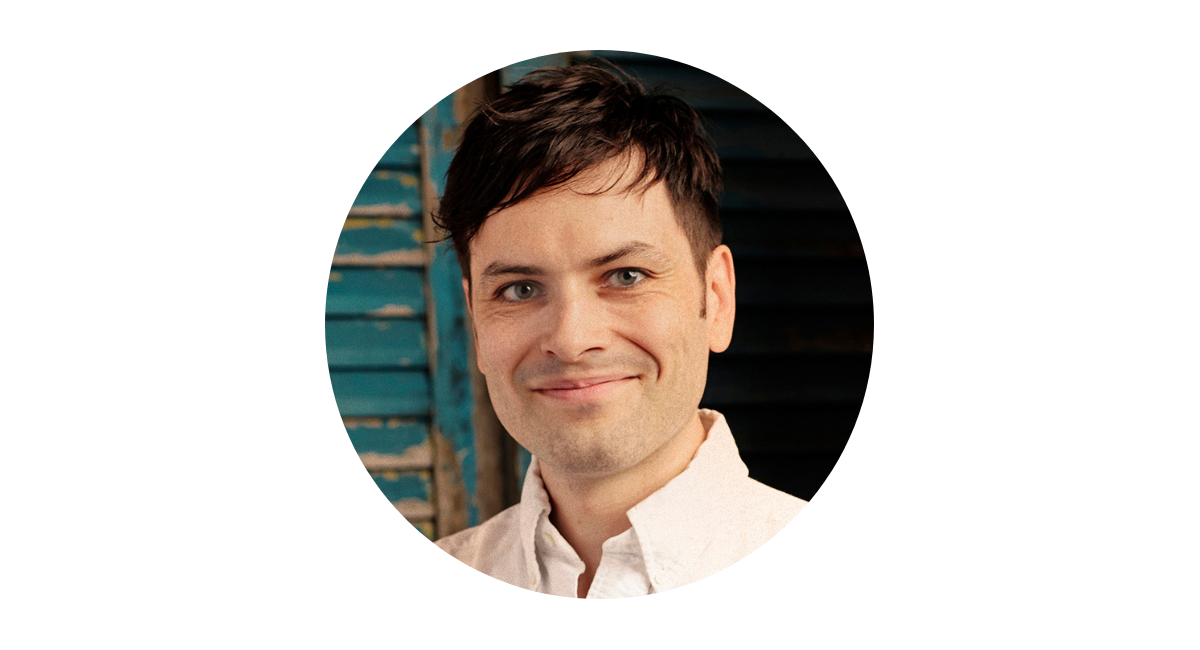Balancing Brand Performance & Acquisition with Tommy Bahama

In a recent presentation hosted by Tinuiti, Andy Comer, VP Marketing and Creative Service and Tyson Flandreau, Tommy Bahama’s Sr. Director of Marketing, explain that Tommy Bahama adopted a new brand proposition three years ago: To live the island life.
But the brand has been focused on being the “definitive island lifestyle brand” since it was founded in 1993. Tommy Bahama’s three founders set out to do something ambitious: to “take this fantasy that they had of unplugging and relaxing and scaling that,” first across apparel, then into a full lifestyle brand.
One of Andy and Tyson’s biggest challenges is building out the notion of the island life in an inclusive and meaningful way. The brand’s founders grew a loyal core following through their intention of inspiring people to relax. Andy and Tyson’s team strives to continue that focus while balancing perception issues.
“I have an old fashioned kind of view that a brand is a living, breathing thing. It’s something that requires nurturing over time. And I think that’s not something that you can automate, or code, or rationalize into existence. It’s something that requires an investment of time, an investment of energy, a vision, a mission, and patience.” -Andy Comer, VP Marketing and Creative Services, Tommy Bahama

Over 25 years later, how does Tommy Bahama’s marketing team maintain such a strong brand culture? Here’s what Andy and Tyson shared.
For many marketing teams, it can be tempting on a day-to-day basis to try to become a purely data-driven, automated organization. But the Tommy Bahama team believes in the “power of that emotional connection with our guests.” After all, that personal touch has helped them build a $700 million brand.

“If you look at the trajectory of the company, we’ve proven that out. We started as a primarily wholesale company selling apparel to third-party retailers like Nordstrom. That was 80-90% of our business until about 15 years ago.
And then the founders did something totally audacious: Against everyone’s advice, let’s start going direct-to-guest. We’ll open a massive store in Naples, Florida because that’s where we feel our guest is. And let’s also open a restaurant.
Where we were 80% wholesale, now we’re 80% direct-to-guest. 25% of that is driven by e-commerce, 20% of it is driven by restaurants. Brick-and-mortar is still a massive driver of that revenue.” – Andy Comer, VP Marketing and Creative Services, Tommy Bahama
Experiential brand extensions like their restaurants help Tommy Bahama continue to forge an emotional connection with their audience. That human experience is something they can’t — and don’t want to — automate.
With so many different pieces in play, how does the team coordinate it all? They use jam sessions.
Jam sessions are the Tommy Bahama team’s standing, biweekly, cross-functional meetings. Held each Tuesday and Thursday, these meetings can include:
Getting everybody in the same room has solved roadblocks and improved communication for the team. “Our company culture is very unique. We’re big enough to have the resources to actually invest in certain marketing levers and systems, but we’re also small enough that if you’re not constantly collaborating and reaching across the aisle, you’re failing,” explains Andy.
Marketing at Tommy Bahama is a relatively new function — and the team faces three big questions every day:
“We have a really aligned leadership team that as a company believes in the power and value of marketing to grow our brand,” explains Andy. His team works closely with every team across the business to figure out what’s working and what isn’t across marketing initiatives and KPIs.
It’s almost a trick question. Andy and Tyson believe that everyone at Tommy Bahama has a hand in marketing: “The reality is that when you’re talking about growing a business, you’re talking about marketing.” The core team at Tommy Bahama is very aligned — including in their belief that marketing is a vital part of moving the brand forward.

Transparent communication helps marketing keep everyone on board with new initiatives. Rather than unveil new projects at launch, the team gets buy-in early on and brings everybody along for the ride, from the CEO and Finance team to Sales and Ecommerce.
“It doesn’t make it feel like they’re suddenly committed to a yes or no,” explains Andy. “And the culture of that is really high-touch and really hands-on. It’s a place where you have to learn pretty quickly that you’re not going to succeed if you sort of retreat into a silo.”
How does the Tommy Bahama marketing team measure success? Tyson calls it “a tale of two extremes.” On one hand, they have great, clean data from their digital team. On the other, they have industry experts with 20 years of experience who lean on their understanding of what’s been tried — and what’s worked — before. In the middle, they have raw sales data.
To measure success, the team has to blend all of it together. They use hard data — return on ad spend and other deliberate metrics — then looking at how sales performed and how brand messaging is coming across. It’s truly a mix of art and science.
At the end of the day, says Andy, “it’s really about getting back to the basics: personalization and customer-centricity, through the lens of the core cornerstones of our brand. And making sure we don’t stray from those.”
